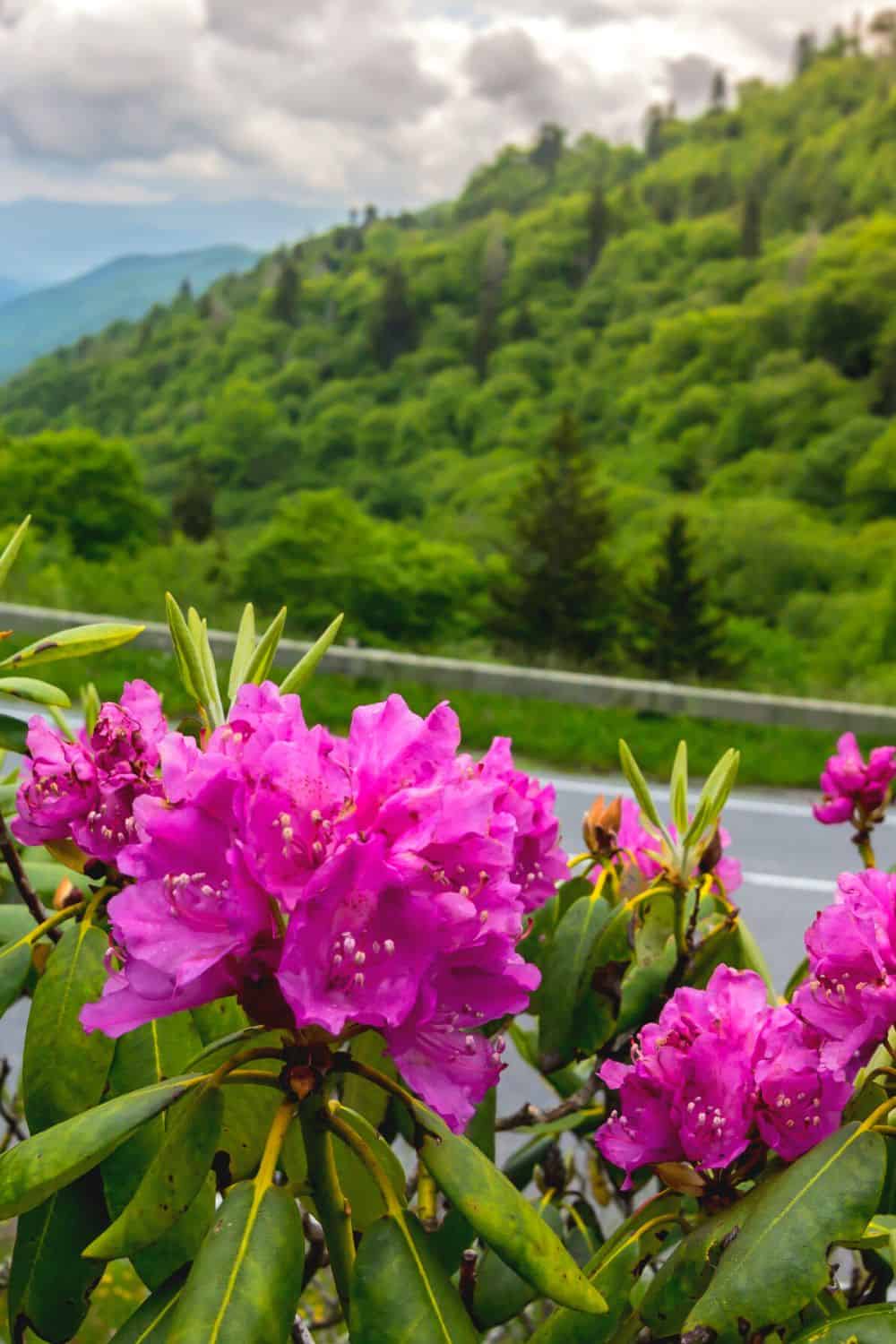
Great Smoky Mountains National Park, located on the border between Tennessee and North Carolina, is home to an incredibly diverse array of plant and animal life. One of the park’s most beloved features is its wildflowers, which bloom in abundance throughout the year. With over 1,500 species of flowering plants, the park is a botanist’s paradise and a nature lover’s dream. In this article, we’ll take a closer look at the wildflowers of Great Smoky Mountains National Park, including some of the most popular species and the best places to see them.
Spring Wildflowers
Spring is the prime time for wildflowers in Great Smoky Mountains National Park. From late March through early May, the park is alive with color as millions of wildflowers bloom throughout the forests, meadows, and hillsides. Some of the most popular spring wildflowers in the park include:
Trilliums – These three-petaled flowers come in a variety of colors, including white, pink, and red. Trilliums are typically found in wooded areas and can be seen blooming throughout the park in late March and early April.
Bloodroot – This delicate white flower gets its name from its red sap, which was historically used as a natural dye. Bloodroot blooms in early spring and can be found in wooded areas throughout the park.
Dutchman’s Breeches – These delicate, white flowers resemble tiny pants hanging from a clothesline. Dutchman’s Breeches bloom in early spring and are typically found in moist, shaded areas.
Summer Wildflowers
While spring may be the peak wildflower season in Great Smoky Mountains National Park, there are still plenty of blooms to see in the summer months. From June through August, visitors can enjoy a variety of colorful flowers, including:
Butterfly Weed – This bright orange flower is a favorite of both butterflies and humans. Butterfly Weed blooms throughout the summer and can be found in sunny meadows and fields throughout the park.
Mountain Laurel – This beautiful, evergreen shrub produces clusters of delicate pink and white flowers in the summer months. Mountain Laurel is common in the higher elevations of the park and can be seen along hiking trails and scenic drives.
Black-Eyed Susan – This cheerful yellow flower is a common sight along roadsides and in meadows throughout the park. Black-Eyed Susans bloom from June through August and are a favorite of bees and butterflies.
Fall Wildflowers
As summer fades into autumn, Great Smoky Mountains National Park continues to offer a bounty of wildflowers. From September through November, visitors can enjoy the following blooms:
Goldenrod – This tall, yellow flower is a common sight along roadsides and in meadows throughout the park in the fall months. Goldenrod is an important source of nectar for bees and butterflies.
Asters – The park is home to over 25 species of asters, which bloom in a variety of colors, including purple, pink, and white. Asters can be found throughout the park in the fall months and are a favorite of pollinators.
Sneezeweed – This vibrant yellow flower blooms from August through October and is commonly found in meadows and along streams in the park.
Best Places to See Wildflowers
While wildflowers can be found throughout Great Smoky Mountains National Park, there are a few places that are particularly well-known for their blooms. Here are some of the best places to see wildflowers in the park:
Cades Cove – This historic valley is a popular spot for viewing wildflowers, particularly in the spring months. Visitors can take a scenic drive through the valley or explore the area on foot via one of the many hiking trails.
Related posts:
Great Smoky Mountains National Park is one of the most visited tourist attractions in the U.S. It is also one of the most important tourist destinations in the country, with a rapidly growing number of visitors each year. The park itself stretches ov...
Great Smoky Mountains National Park is home to over 240 species of birds, making it a haven for bird enthusiasts. The park is located in the southern Appalachian Mountains, straddling the border between Tennessee and North Carolina, a...